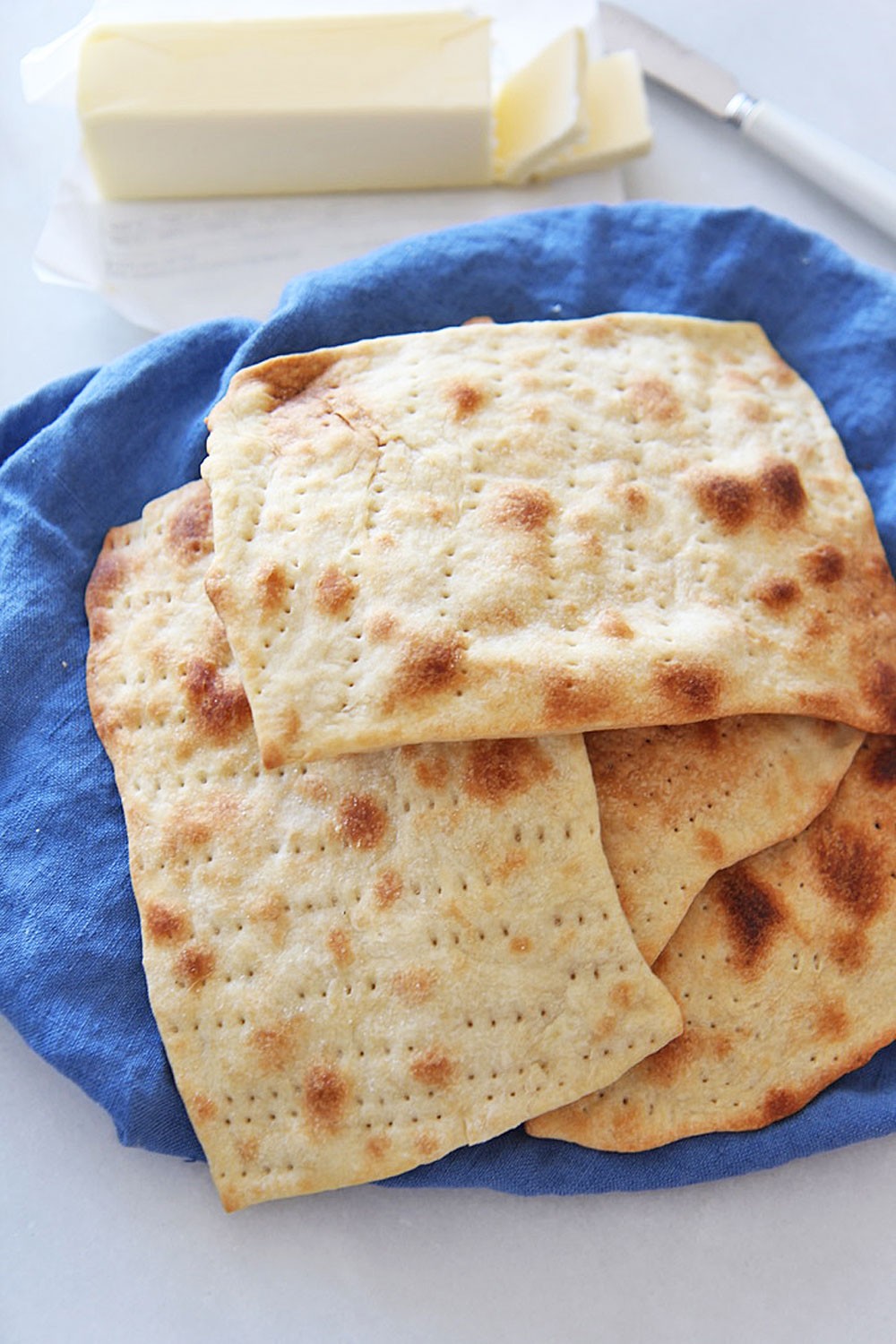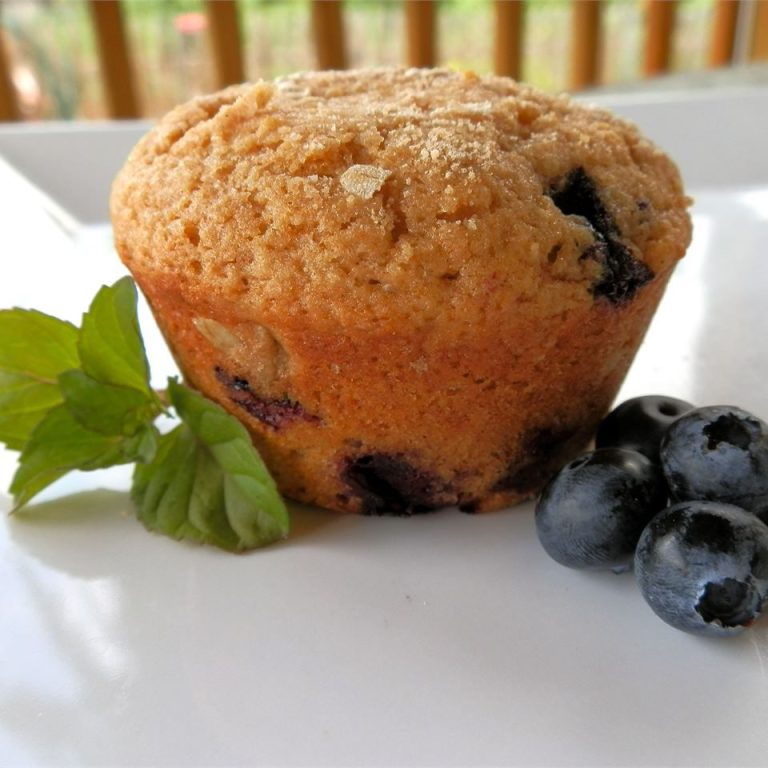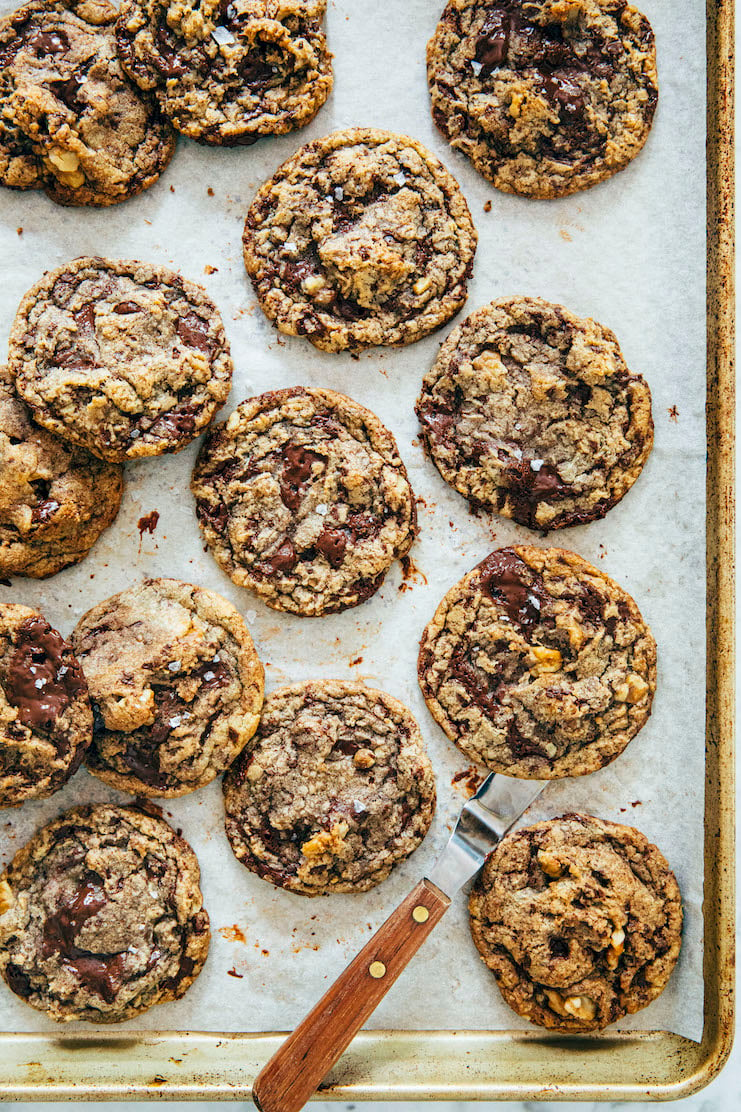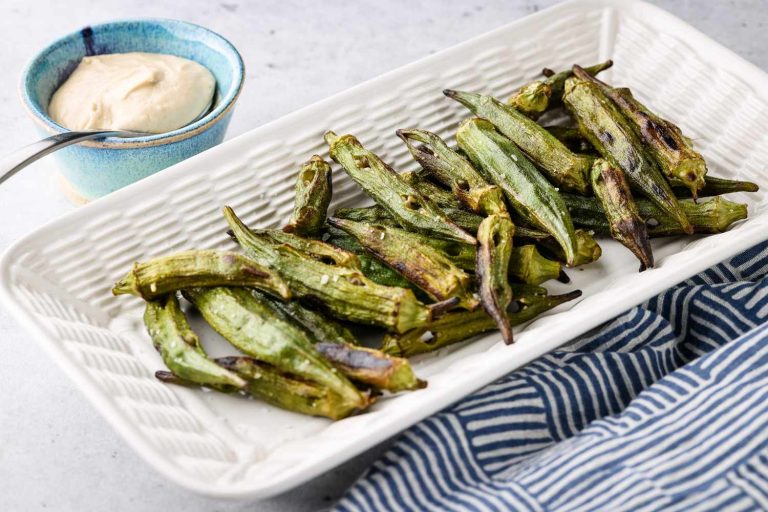Matzah: Exploring the History, Significance, and Modern Uses
Matzah, also spelled matzo, traces its origins to the Jewish exodus from Egypt over 3,000 years ago. When the Israelites fled Egypt, they had no time to let their bread rise, resulting in the creation of unleavened bread, or matzah. According to the Torah, this bread symbolizes both the haste of their departure and their subsequent freedom from slavery. Archeological findings in Israel, including ancient ovens thought to be used for baking matzah, substantiate this historical account.
Evolution Over Centuries
Over centuries, matzah evolved in both preparation and cultural significance. Initially, it was made simply from flour and water, ensuring no leavening occurred. As communities spread across the globe, variations emerged. For example, some Middle Eastern Jews included oil or spices in their recipes, while Eastern European Jews kept a more austere version. The introduction of commercial matzah in the 19th century revolutionized its production, leading to standardized, machine-made matzah that many use today. Despite these changes, matzah remains a powerful symbol of Jewish history and resilience.
How Matzah Is Made
Ingredients Used in Matzah
Matzah requires only two main ingredients: flour and water. Flour, sourced from wheat, barley, oat, rye, or spelt, earns kosher-for-Passover certification through strict supervision. Water, needed for mixing, comes from a natural, untreated source and is left to cool for 12 hours before use. This simplicity, based on precise measurements and careful handling, ensures the final product meets religious standards.
The Baking Process
The baking process starts with mixing flour and water quickly and efficiently. The mixture is kneaded into dough, taking no longer than 18 minutes from the start to prevent fermentation. Rolled out thinly, the dough gets pierced with a fork or roller to avoid rising in the oven. Baking occurs in a preheated oven set to high temperatures, around 800°F (427°C), for just a few minutes to guarantee crispness. After removing from the oven, the matzah cools before packaging. This swift, meticulous process maintains the matzah’s symbolic and scriptural precision.
Cultural Significance of Matzah
Matzah in Jewish Religion
Matzah holds a central place in Jewish religious practices. During Passover, you consume matzah to commemorate the unleavened bread eaten by the Israelites during their escape from Egypt. It’s a mitzvah (commandment) to eat matzah on the first night of Passover, fulfilling a biblical injunction from the Book of Exodus. Rabbi interpretations often stress that matzah embodies humility due to its simplicity and lack of leavening.
Matzah’s Role in Passover
You partake in a Seder meal during the first two nights of Passover, where matzah serves as a central element. It’s one of the three key items on the Seder plate, along with maror (bitter herbs) and a shank bone. The Haggadah, the text recited during Passover, guides you through various ritualistic uses of matzah, such as breaking it in half during Yachatz and consuming it with maror in Korech. By eating matzah, you connect with your ancestors and reaffirm your identity, freedom, and resilience.
Modern Variations of Matzah
Gluten-Free and Artisan Matzah
Gluten-free matzah caters to those with gluten sensitivity or celiac disease, ensuring everyone can participate in Passover. Specialized bakeries and commercial producers offer gluten-free options made from alternative flours like oat, quinoa, or tapioca.
Artisan matzah introduces diverse flavors and textures, appealing to those looking for a unique twist on tradition. Handcrafted by skilled bakers, artisan matzah often includes ingredients like olive oil, honey, or various seeds to enhance its taste and nutritional value. This variety maintains traditional preparation methods while offering a broader sensory experience.
Creative Uses in Recipes
Matzah extends beyond the Seder plate when incorporated into innovative recipes. Matzah brei, a popular dish during Passover, mixes broken matzah with eggs and can be served sweet or savory.
For a dessert option, matzah toffee, also called “matzah crack,” layers matzah with caramel and chocolate.
Matzah pizzas provide a quick and easy meal using matzah as the crust, topped with traditional pizza ingredients.
Additionally, you can use matzah meal as a breadcrumb substitute in various dishes, benefiting from its versatility.
These modern variations and creative recipes help keep matzah relevant and exciting, blending tradition and innovation seamlessly.
Conclusion
Matzah’s journey from a historical staple to a versatile modern food highlights its enduring significance. Whether you’re observing Passover or simply exploring new culinary horizons, matzah offers a unique blend of tradition and innovation. Embrace its humble roots while enjoying the creative possibilities it brings to your table.






